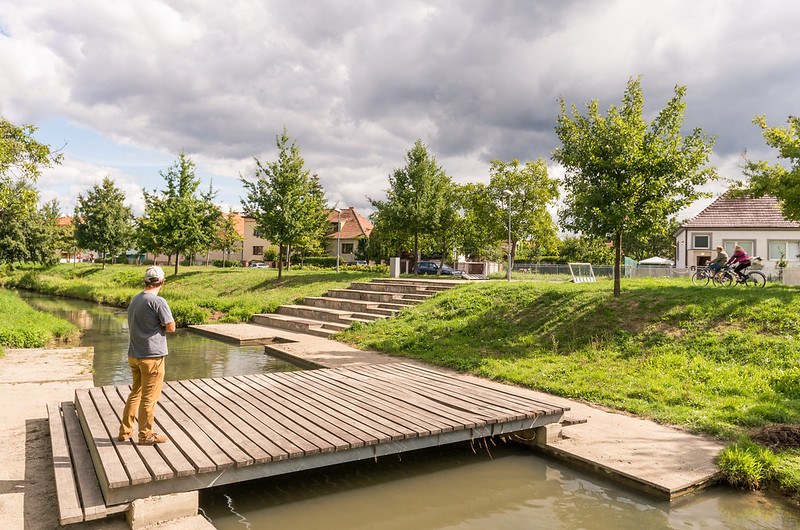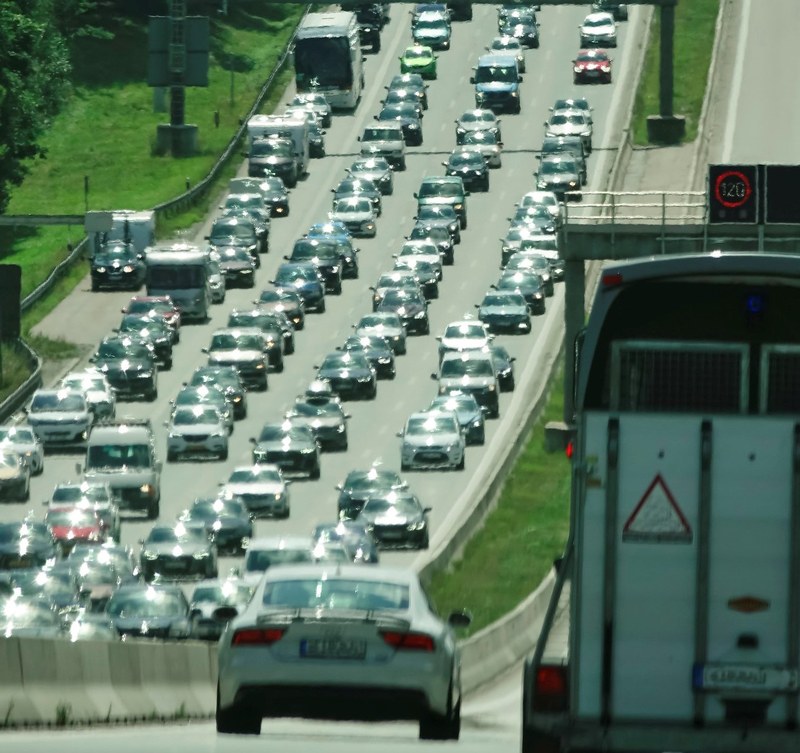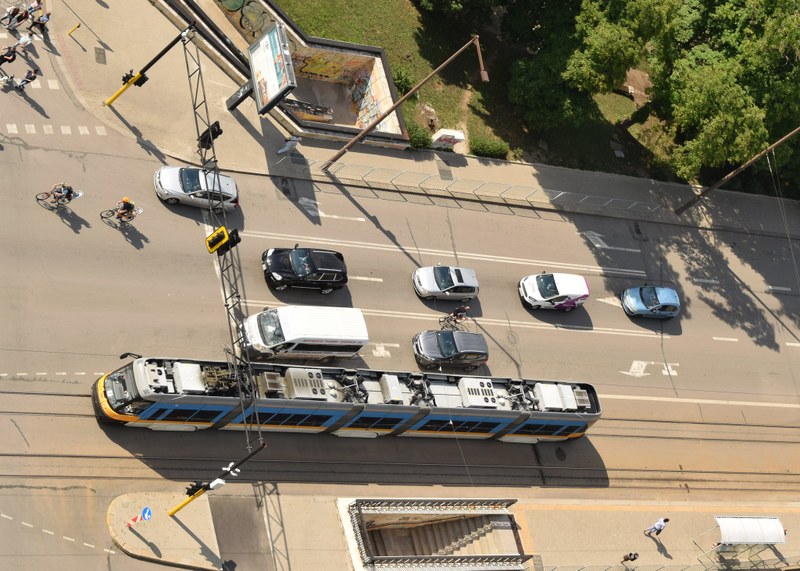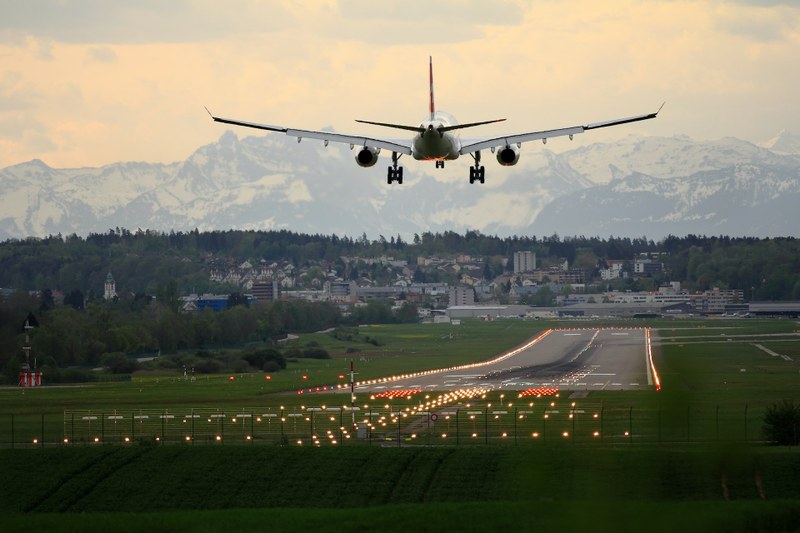All official European Union website addresses are in the europa.eu domain.
See all EU institutions and bodiesRoad transport is the most significant contributor to environmental noise pollution in the EU. EU policies are put in place to reduce exposure to and the harmful effects of noise pollution.
Living close to a road, railway or airport can be more than just a nuisance — at least one in five people in the EU are exposed to long-term noise levels considered harmful to their health. Health issues related to these exposures include annoyance, sleep disturbance, and cardiovascular and metabolic issues. It can also affect children’s ability to learn.
In many cities, more than half of the population is exposed to road noise levels above the World Health Organisation guidelines for the day-evening-night period. Many people are also affected by noise from aircraft and railways. Although noise from railways and aircraft has a much lower impact in terms of the overall population, both are significant sources of local noise pollution. As in the case of air pollution and climate change impacts, some communities and social groups might be more likely to be exposed to and affected by noise pollution. The impacts of railway noise could potentially increase in the coming years due to more and faster trains.
Given noise’s negative impacts on a large portion of Europe’s population, environmental noise has become a significant concern for citizens and policymakers. Noise pollution also affects wildlife. It can cause various physical and behavioural issues in animals and increase their stress.
Reducing noise is a key objective under the EU’s Zero Pollution Action Plan and the Environmental Noise Directive (END).

Europe's zero pollution ambition covers noise pollution too
The levels of noise generated by transport sources are generally too low to cause biological damage to the ear; however, it is well established that long-term exposure to noise above certain levels can lead to non-auditory health effects such as annoyance, sleep disturbance, negative effects on the cardiovascular and metabolic systems, and cognitive impairment in children.
Reducing the negative impacts of exposure to environmental noise is a key objective under the EU's zero pollution action plan, which aims to reduce the number of people chronically disturbed by noise from transport by 30% by 2030 (compared with 2017).
Environmental noise: Where does it come from?

Does noise stress animals too?
Noise negatively impacts wildlife, both on land and in the sea. Noise pollution can cause various physical and behavioural issues in animals and increase their stress.
For example, road traffic noise can make it difficult for frogs and songbirds to communicate with each other, especially during mating season. This can reduce their ability to reproduce or force them to flee their habitats.
Underwater noise from shipping, energy production, construction and other activities is also a concern. Research shows that hearing damage in whales can harm their ability to communicate with each other and find food.
Road traffic remains the top source of noise pollution in Europe, the new EEA report ‘Noise in Europe – 2020’ says, with noise levels projected to rise in both urban and rural areas over the next decade due to urban growth and increased demand for mobility. Rail, aircraft and industry round up the other top sources of environmental noise pollution.
Environmental noise guidelines for Europe
With the publication in 2018 of the WHO Environmental noise guidelines for the European Region, there is greater insight into the negative effects of noise on health and a growing awareness of the need to reduce noise pollution.
The guidelines presented recommendations on reducing noise levels for road, railway, aircraft, wind turbine and leisure noise sources and showed that low levels of noise, currently not captured in the EU Environmental Noise Directive, are likely to cause health problems.
The introduction of the guidelines triggered actions at local, national and supra-national level. A brief has been prepared jointly by the WHO Regional Office for Europe and the European Environment Agency to evaluate the uptake and impact of the guidelines by drawing on the experiences from countries.


How loud is your city?
Long-term exposure to environmental noise from road, rail and aircraft sources is a serious risk to health, impacting the lives of many people in Europe.
The European Environment and Health Atlas in Europe offers an overview of quiet areas, urban noise levels and noise around schools and hospitals.
